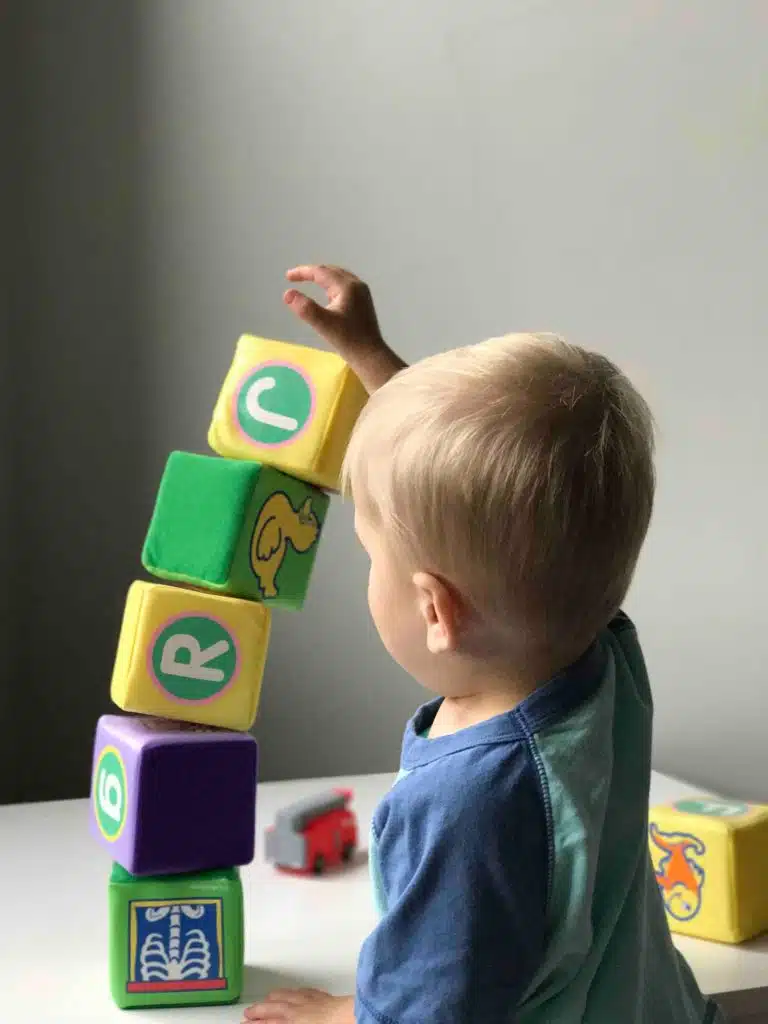The number of children in care is at an all time high, official Department for Education figures have shown.

There were 80,850 looked after children at 31 March 2021, up 1% on 2020 and levels are now at an all-time high.
ADCS President Charlotte Ramsden said: “These latest figures show the support that local authorities have provided in the midst of a pandemic to safeguard and protect children and young people in their local areas. The statistics, that relate to year ending 31 March 2021, further highlight the impact of Covid-19 on children, families and children’s services. Due to national lockdowns, the number of children entering care fell as did the number of children leaving care leading to an overall rise in the size of this cohort. Referrals to children’s social care reduced significantly during the periods of national lockdown which was a worry for us, however, local authorities up and down the country worked hard to make sure they were there providing support for those children and families who needed it the most.”
“We are only now seeing some of the emerging signs of the impact of the pandemic with families presenting greater complexity of need, but the lasting impacts will remain with us for years to come. It is essential that we have both the capacity and resources to meet these needs as quickly as possible,” she added.
Indeed, the statistics showed that the number of looked after children starting to be looked after was 28,440 at March 2021, down 8% on 2020. At the same time, the number of children ceasing to be in care stood at 28,010, down 6% on 2020.
According to the DfE, the numbers of looked after children starting to be looked after were consistently lower than expected throughout the year but were particularly low during periods when national lockdowns or restrictions were in place.
Those ceasing to be looked after were similarly affected by the first national lockdown but returned to the expected levels from September onwards.
“This fall is likely to have driven an increase in the average duration of care for those CLA (children looked after) ceasing, which increased by a further 79 days (more than two and half months) compared to last year,” said the report.
The report also revealed that the number of children in care who were adopted has fallen by 18%, continuing a fall from a peak in 2015. The large decrease this year is likely driven by the impact on court proceedings during the pandemic, where cases progressed more slowly or were paused, the report explained.
The number of unaccompanied asylum-seeking children (UASC) was also down 20% on last year. Although this had also decreased slightly the previous year, this year has seen a much steeper fall and is likely due to travel restrictions during the year.
In general, health checks were maintained during the pandemic but the proportion of looked after children having dental checks fell substantially to 40%, down from 86% last year. This is not unexpected given the difficulties faced by the whole population accessing dental care during the pandemic.
Charlotte Ramsden added: “ADCS research shows that the number of children looked after has increased by a third since 2008, while local authorities have faced a 50% reduction in budgets since 2010. Despite the barriers and backlogs caused by the pandemic, we continue to work intensively with children and families to enable them to stay together safely. Only through long-term national investment in early help can we ensure that children are not taken into care when they could have stayed with their family had their needs been met earlier. The government must provide the sector with a sustainable, equitable and long-term financial settlement that enables children to thrive, not just survive in the wake of the pandemic.”

